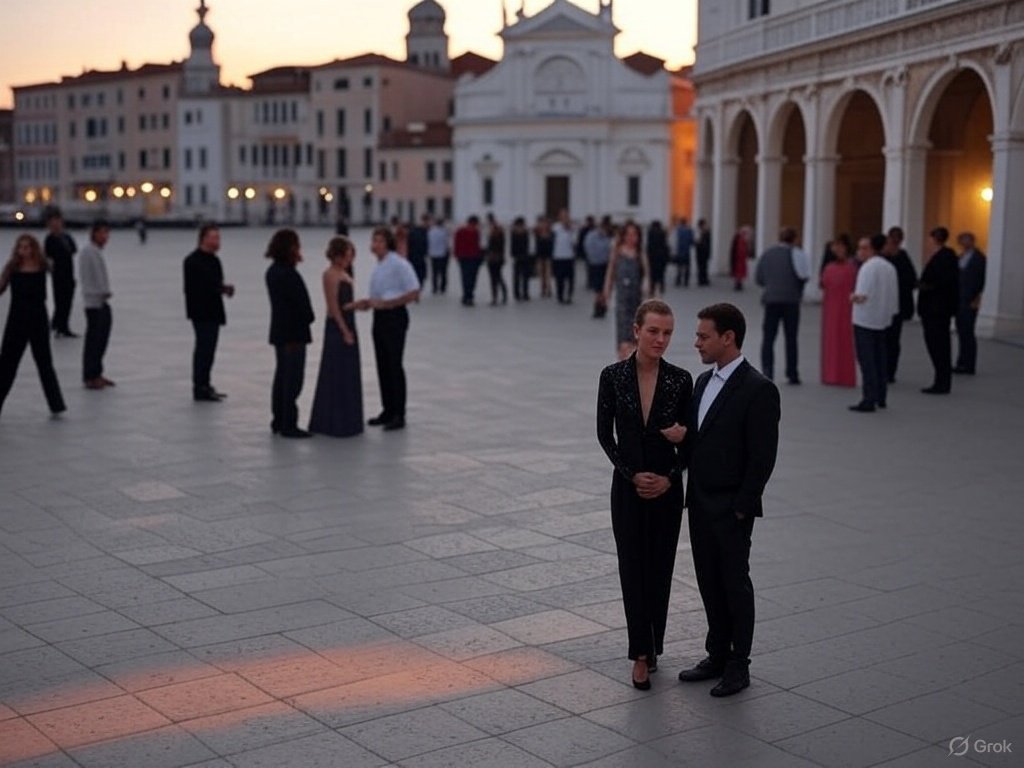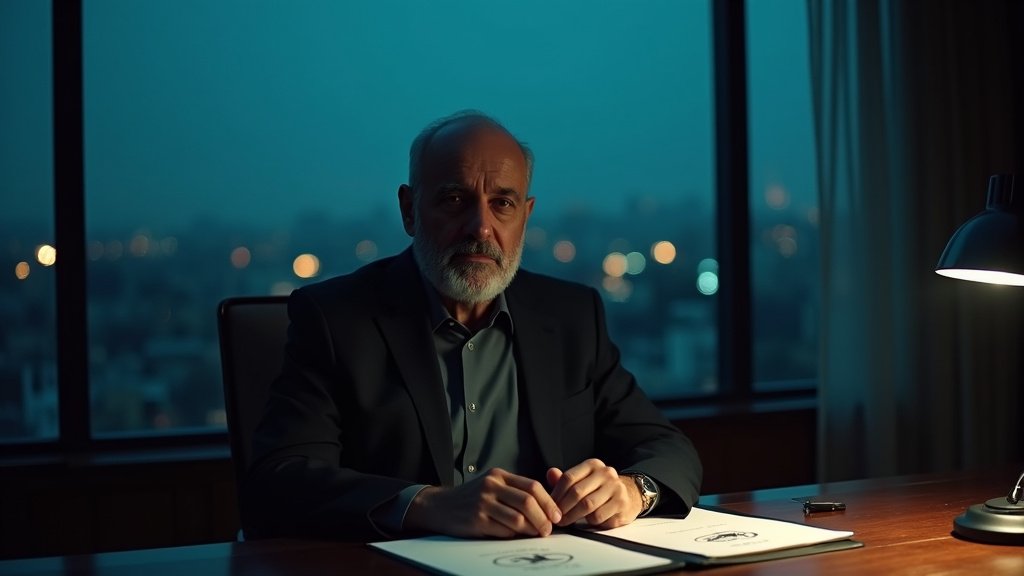When most cinephiles think of premiere festivals, names like Cannes, Sundance, and Toronto leap to mind. Yet beyond these glittering powerhouses lies a vibrant ecosystem of smaller, specialized festivals where daring storytellers, emerging voices, and boundary-pushing formats find passionate audiences and industry champions. Exploring these under-the-radar events not only uncovers hidden gems long before they hit global distribution, it also offers a front-row seat to the trends shaping world cinema—from genre experiments to regionally specific narratives. Here are ten international film festivals you’ll want on your radar for 2025.
1. Busan International Film Festival (South Korea)
Why It’s Underrated: Long overshadowed by East Asia’s more famous markets, Busan has quietly become the gateway for Asian auteurs to the global stage.
- Focus & Personality: Celebrates new voices from across Asia, spotlighting regional co-productions and debut directors. Its “A Window on Asian Cinema” section is a critical launching pad for filmmakers like Apichatpong Weerasethakul and Hirokazu Kore-eda.
- Industry Impact: Buyers and programmers attend Busan to secure North American and European rights for breakout hits—2024’s Palme d’Or winner Dreaming in Seoul premiered here first.
- Local Flavor: Screenings on Haeundae Beach during sunrise offer an unforgettable communal atmosphere, blending cinema with the coastal breeze.
2. Sitges Film Festival (Spain)
Why It’s Underrated: Often labeled a “genre festival,” Sitges champions horror, fantasy, sci-fi, and avant-garde animation with a curated passion that eclipses more generalist events.
- Focus & Personality: A haven for boundary-pushing genre cinema—from blood-spattered indie horrors to psychedelic animated shorts. Its “Midnight X-Trems” lineup is legendary for shock value and discovery.
- Industry Impact: Distributors flock here for the next wave of arthouse horror—titles like Nightshade Rises and Parasite Moon found U.S. release following Sitges acclaim.
- Fan Engagement: Nightly street parties and open-air screenings in historic castles create a carnival atmosphere where cosplay and cocktail meets cult-film discussions.
3. Zürich Film Festival (Switzerland)
Why It’s Underrated: Nestled among the Alps, Zürich combines top-tier hospitality with an eclectic program that balances big-name premieres and daring first-features.
- Focus & Personality: A “City to City” segment spotlights emerging film hubs—recently featuring Lagos and Bogotá—while its “Documentary First” series champions nonfiction pioneers.
- Industry Impact: Known for its efficient rights-market hub, where buyers close festival deals in chic riverside lounges.
- Local Flavor: An annual film-and-jazz crossover concert pairs live scoring with classic screenings, reflecting Zürich’s rich cultural tapestry.
4. BFI London Film Festival (United Kingdom)
Why It’s Underrated: While London’s festival receives attention, its curated strand of global queer cinema—“Queer Outlook”—and “Love” section for romantic narratives often fly under the radar.
- Focus & Personality: Spans star-studded galas to grassroots community screenings, all underscored by a commitment to inclusion.
- Industry Impact: Its “First Feature Competition” has vaulted filmmakers like Andrea Arnold into mainstream acclaim.
- Local Flavor: Late-night “Urban Vision” VR screenings in Shoreditch warehouses offer immersive multiplatform storytelling.
5. Tokyo International Film Festival (Japan)
Why It’s Underrated: Tokyo’s sprawling metropolis yields a festival as dynamic as the city itself—but language barriers and overlapping Tokyo Filmex events can obscure its significance.
- Focus & Personality: Highlights Asian and global premieres, with a “Japanese Cinema Splash” section showcasing local experimental shorts.
- Industry Impact: A key marketplace for East-West co-productions; Netflix and Amazon Prime routinely scout here for sci-fi and anime-inspired IP.
- Local Flavor: Pop-up screenings in Shibuya Game Center blend cinema with gaming culture, spotlighting interactive narratives.
6. Viennale (Austria)
Why It’s Underrated: As Austria’s premier film festival, Viennale offers a refined, art-house sensibility, emphasizing auteur cinema and retrospective tributes seldom seen elsewhere.
- Focus & Personality: Balances international premieres with deep dives into a director’s oeuvre—recent retros honored Claire Denis and Michael Haneke.
- Industry Impact: Programmers and critics regard Viennale selections as critical barometers for cinephile prestige.
- Local Flavor: Screenings in historic Vienna palaces, accompanied by classical-music concerts, underline the city’s artistic heritage.
7. Hong Kong International Film Festival (Hong Kong)
Why It’s Underrated: Despite Hong Kong’s cinematic legacy, its main festival wrestles with political uncertainties—but its “Young Cinema Competition” remains a beacon for Chinese-language innovators.
- Focus & Personality: Showcases premieres across Greater China, Southeast Asia, and diaspora filmmakers in its “Emerging Filmmakers” strand.
- Industry Impact: A springboard for co-productions bridging Mainland China and international markets—key deals are often struck here.
- Local Flavor: Harbor-front open-air screenings juxtapose neon cityscapes with classic Cantonese cinema.
8. Raindance Film Festival (United Kingdom)
Why It’s Underrated: London’s largest independent festival, Raindance champions DIY spirit—its juried categories empower micro-budget and guerrilla-style filmmakers.
- Focus & Personality: Genre-spanning but fiercely indie: features horror, social-issue docs, and digital-native experiments. Its “VR XR” strand previews immersive storytelling.
- Industry Impact: Winning Raindance awards can attract micro-budget funding and theatrical opportunities in European art-house circuits.
- Local Flavor: Workshops in Shoreditch’s creative quarter teach filmmakers guerrilla camera techniques and crowd-funding strategies.
9. Mumbai Film Festival (MAMI Fest) (India)
Why It’s Underrated: Asia’s largest public festival, yet overshadowed by Bollywood’s commercial sheen. MAMI Fest’s real power lies in its curated “World Panorama” and “India Storytellers” programs.
- Focus & Personality: Sheds light on India’s regional cinemas—Marathi, Malayalam, Assamese—while booking global auteurs for Q&As.
- Industry Impact: Distributors targeting South and Southeast Asia monitor MAMI for crossover hits—recent success stories include The Lunchbox and Village Rockstars.
- Local Flavor: Screenings in Mumbai’s bustling Colaba district often spill into street stalls, where artists engage with sidewalk audiences.
10. CPH:DOX (Copenhagen, Denmark)
Why It’s Underrated: The world’s premier documentary festival often flies under the mainstream radar, despite pioneering hybrid forms and nonfiction VR.
- Focus & Personality: Known for its “Bottom-Up” section spotlighting grassroots documentary movements and its “DOX:Lab” incubator for experimental nonfiction.
- Industry Impact: Broadcasters and streaming platforms like Mubi and Criterion Channel source boundary-pushing documentaries here—CPH:DOX selections frequently spark social-issue campaigns.
- Local Flavor: Quarter-mile-long outdoor installations blend film clips with environmental art along Copenhagen’s canals.
How to Engage and Benefit from These Festivals
- Plan Early: Many of these festivals issue calls for submissions and volunteer applications six to eight months in advance. Early planning secures accreditation and networking opportunities.
- Leverage Virtual Access: Several festivals now offer hybrid passes—online screenings, filmmaker Q&As, and masterclasses—making global participation more accessible.
- Scout Industry Sections: Buyer-and-seller markets (e.g., Busan’s Asian Contents & Film Market, CPH:DOX’s industry lab) provide direct avenues to acquire rights, co-produce, or secure distribution.
- Network Locally: Each festival’s satellite events—panel discussions, rooftop mixers, beach-side screenings—offer invaluable chances to connect with regional talent and financiers.
- Embrace Diversity: Programming in these festivals often foregrounds underrepresented voices—LGBTQ+, indigenous filmmakers, micro-budget collectives—so attending broadens your cinematic horizon.
Conclusion
While Cannes and Venice will always command headlines, the future of global cinema is written in the halls, squares, and virtual lounges of these ten vibrant festivals. Each offers a unique lens on emerging trends—from genre subcultures in Sitges to documentary innovation at CPH:DOX, from Asia’s new-wave auteurs in Busan to grassroots indies at Raindance. By venturing beyond the familiar blue carpet, industry insiders and cinephiles alike can discover the next generation of film luminaries—and shape the conversations that will define cinema’s next chapter.





